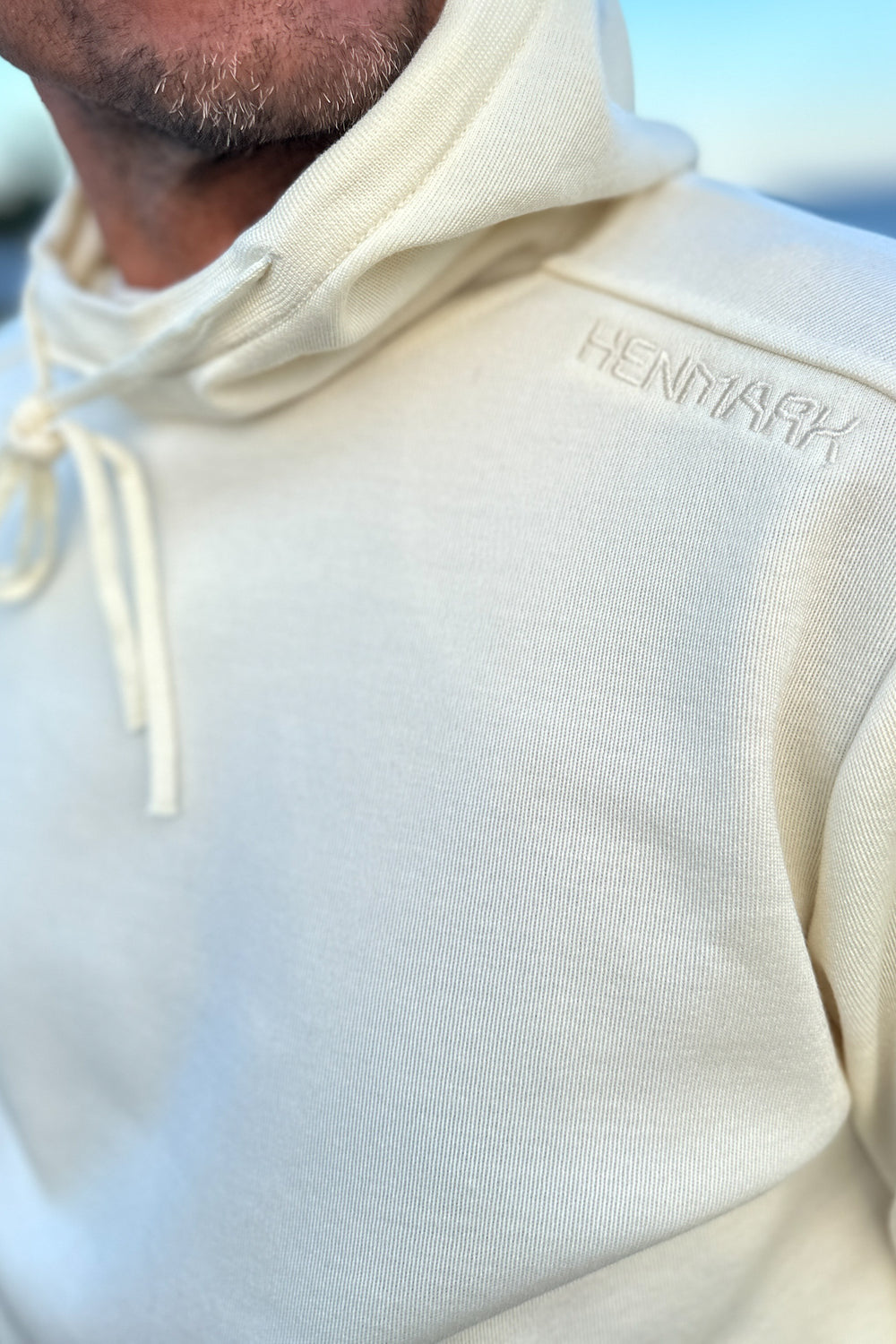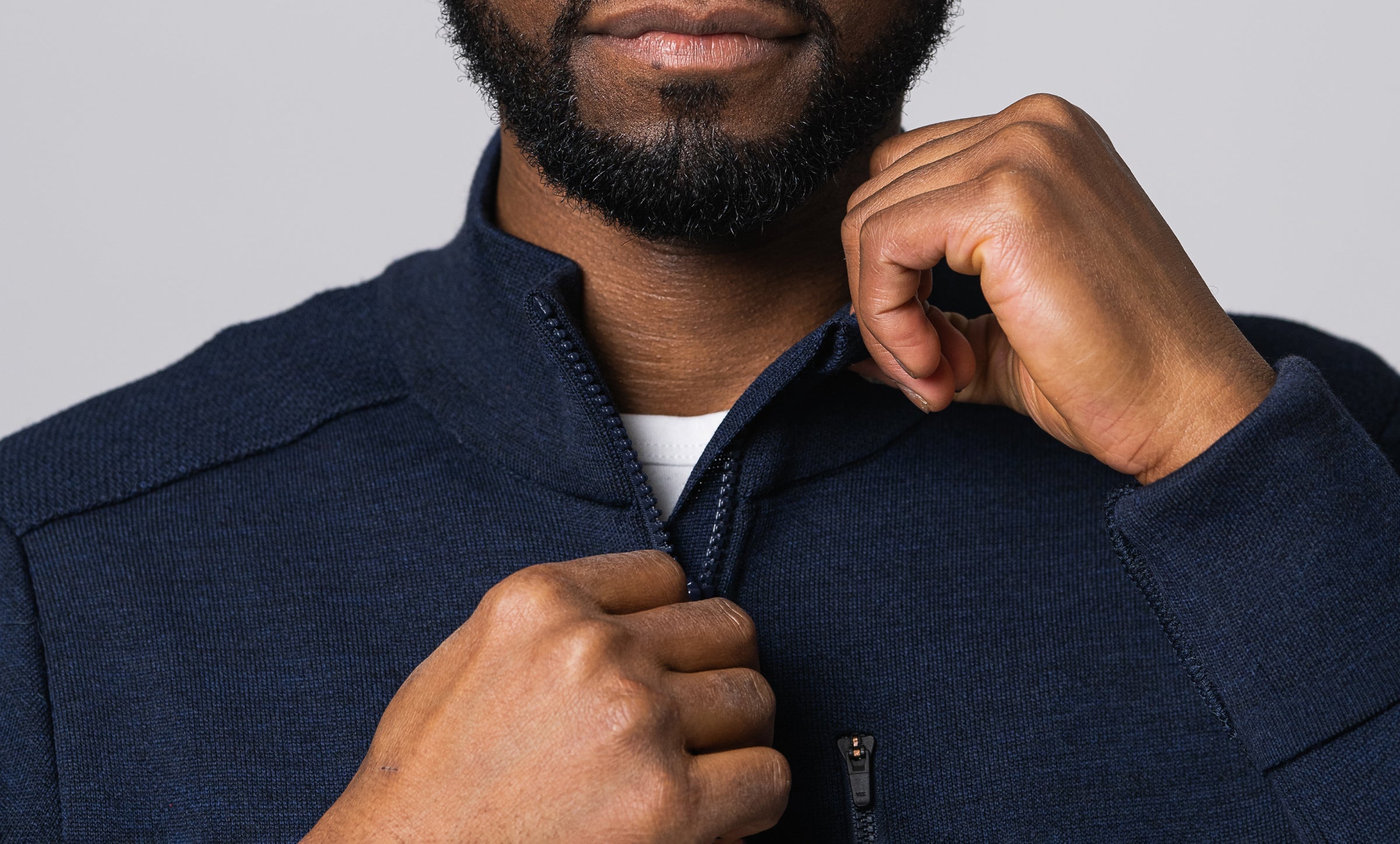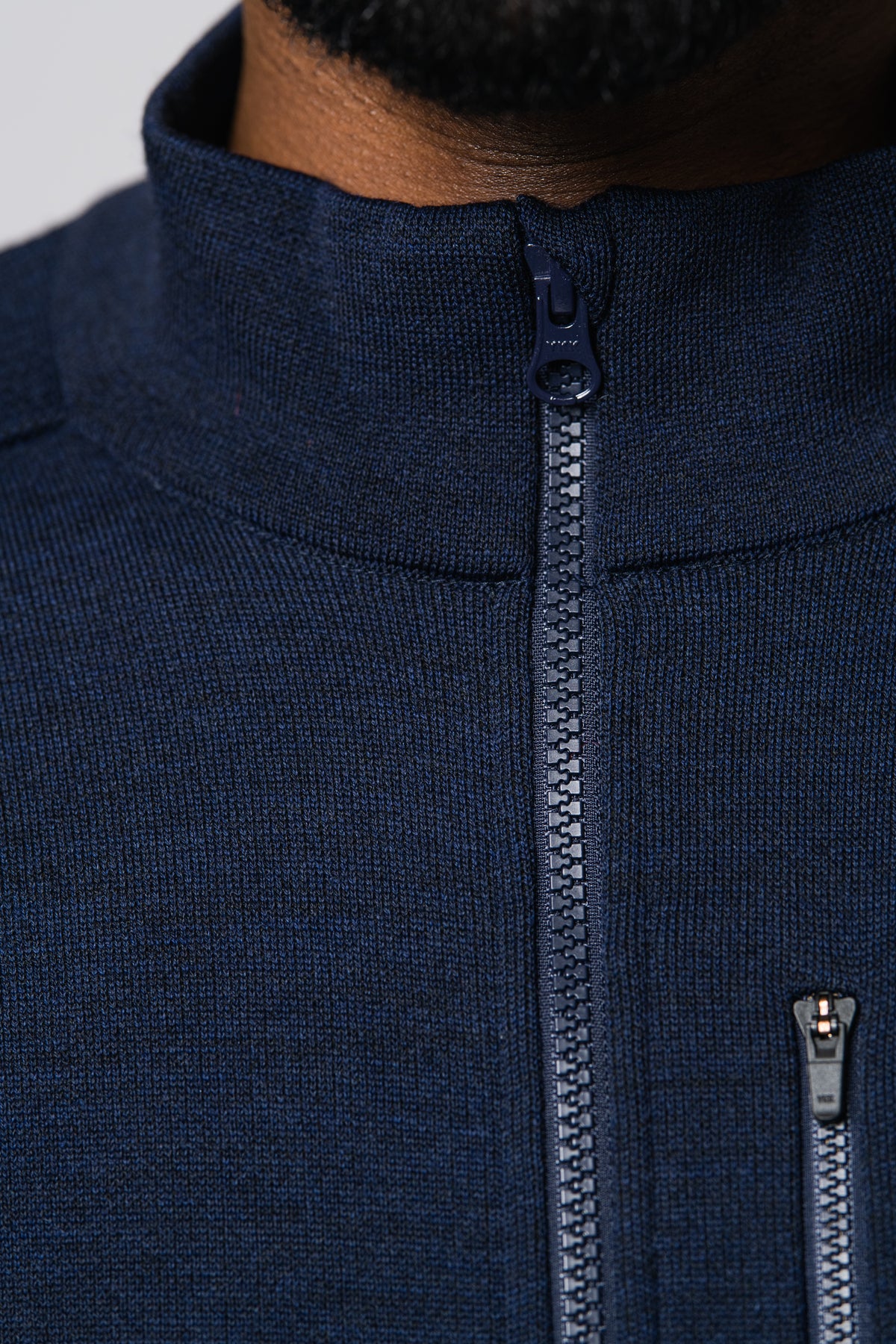Mulesing-free merino wool - full traceability to know for sure

There are probably many who think that it is a matter of course that clothing brands have full knowledge of who manufactures their clothes and what the clothes actually contain. However, this is rarely the case.
A study by KPMG from 2021 shows that 15% of 200 surveyed brands had full traceability of input materials. Only 19% of the companies had knowledge of which suppliers were part of the production chain, https://assets.kpmg/content/dam/kpmg/cn/pdf/en/2021/11/moving-the-needle.pdf .
The study certainly surprises many. At the same time, we who work in the industry know that the supply chain is often complex and that it is therefore difficult to achieve the desired knowledge and control. It is in no way an excuse. Good data and knowledge about the supply chain is necessary for the industry to develop in a more sustainable direction. In other words, we all strive for KMPG's next study to show better numbers.
At HENMARK®, we have accepted the challenge of being able to guarantee clothing with decently produced merino wool. This raw material is somewhat fantastic and gives us fabrics with unique function and comfort. However, the production is linked to a lot of problems. Perhaps the most noticed is so-called mulesing. This means that the merino sheep's hindquarters are cut off at an early age. Often without anesthesia. Naturally, it causes pain, discomfort and stress in the lamb. With the procedure, the deep skin folds of the rear disappear, in which the bluefly likes to lay its eggs and often causes severe infections. The purpose of the procedure to avoid infections is of course good somewhere. At the same time, the method causes suffering to the lamb, which for many of us is completely unacceptable.
Today, mulesing is still performed in Australia. Other producers are primarily found in New Zealand, South Africa and South America, and this procedure is not performed there. However, Australia accounts for more than 75% of the total amount of merino wool produced. The risk is therefore quite large that you as a consumer will come across merino garments with the origin from sheep exposed to mulesing.
Guaranteeing decent merino wool may sound simple but is quite complicated. Wool is often bought up at auctions where several sheep farms deliver their wool. The wool is then mixed there and can therefore no longer be traced.
To solve this, "The Nativa Protocol" has been developed. It defines extensive requirements regarding the production and processing of merino wool. The protocol focuses on four areas: land management, social responsibility, environmental and animal welfare. The actors in the supply chain are certified and monitored continuously. Using digital certificates and blockchain technology, the wool can then be fully traced. For consumers, the information is made available through a QR code that is sewn into each garment. By scanning the code, the entire chain from merino garments down to the wool farm where the wool was once sheared is shown.




